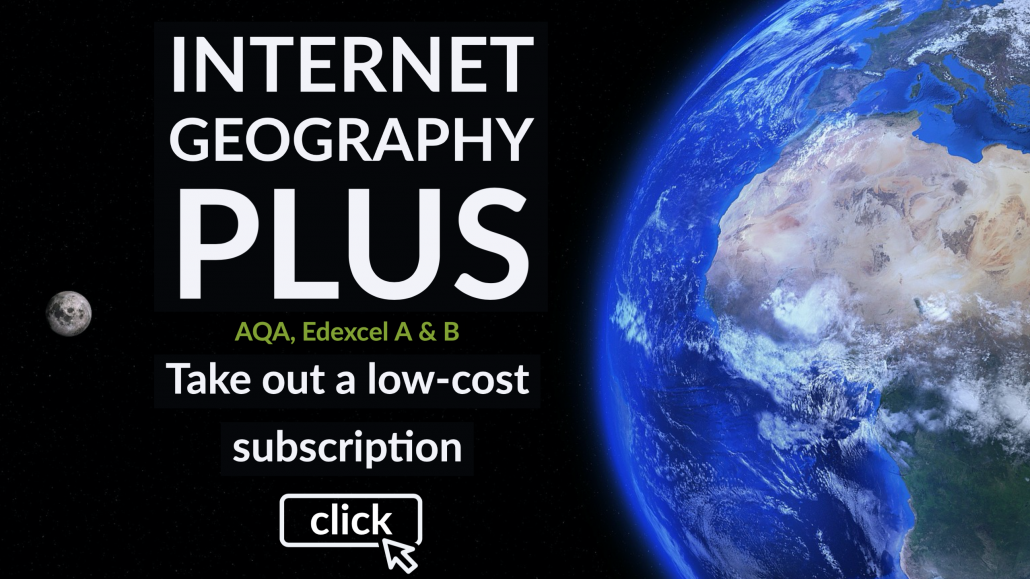How do changes affect the balance of an ecosystem?
What is ecosystem balance?
Ecosystem balance, or ecological balance, is when species populations and environmental conditions within an ecosystem are stable and sustainable over time. In a balanced ecosystem, the different species of plants, animals, and other organisms live in harmony with their environment. In a balanced ecosystem, the interactions between organisms (such as predators and prey, plants and herbivores, decomposers and organic matter) and their physical environment (like water, soil, and climate) are in harmony. This balance allows the ecosystem to function effectively, maintain biodiversity, and support life.
How do physical and human forces affect ecosystem balance?
Natural events, such as extreme weather, flooding and natural hazards, can disturb the balance of ecosystems. For example, in 1987, a great storm resulted in the felling of 15 million trees in England. This led to a considerable decline in primary and secondary consumers in the food chain. Consumer species have since returned following secondary forest growth. This is an example of ecosystem resilience.
Human actions can also significantly upset the natural balance in an ecosystem. A range of human activities in the Amazon rainforest has had a detrimental effect on the ecosystem. The removal of forest exposes the topsoil, which is then eroded, making it impossible for the rainforest to recover.

Gold mining in the Amazon Rainforest
Human-induced climate change can potentially threaten the balance of ecosystems in many places. Changes in rainfall and temperature in the south of England could significantly change ecosystems such as Epping Forest.
How does the loss or gain of one species affect a food web?
The diagram below shows the food web for Epping Forest. A decline in insects due to disease could reduce the number of rabbits, mice and small birds. Also, more primary consumers, such as caterpillars, are consumed as there are fewer insects, reducing butterfly numbers. However, deciduous trees may thrive due to the lower number of insects feeding on them. In addition to these direct impacts, there will also be indirect impacts caused by reducing insects. There could be fewer secondary consumers, such as foxes, owls and sparrow hawks, as there are few secondary consumers.

Epping Forest Food Web
How can ecosystem balance be restored through management?
Bears and wolves were previously removed from ecosystems in Europe and North America as they were a hazard to people and their cattle. However, removing these carnivores led to a population explosion of rabbits and deer who removed vegetation, stripping the soil bare, which led to soil erosion. This disrupted the natural balance of the ecosystem.
‘Rewilding’ or ‘ecosystem restoration’ has been used to restore ecosystem balance. In 1995, grey wolves were reintroduced to Yellowstone National Park in the USA to return balance to the ecosystem. Since the removal of wolves from the ecosystem in the 1920s, the elk population boomed along with other large prey animals. The number of elk and other large prey animals increased, so they gathered in large herds along valley bottoms and meadows, overgrazing new-growth vegetation. This caused a significant change in the ecosystem as deciduous woody plant species such as upland aspen and riparian cottonwood became severely diminished.
Other changes also occurred within the ecosystem. There was significant growth in the number of coyotes who replaced the niche left by wolves. However, they were unable to control the large populations of primary consumers. The reintroduction of the wolves has restored balance to the ecosystem and landscape.

A lone wolf at Yellowstone National Park
Related Topics
Use the images below to explore related GeoTopics.


